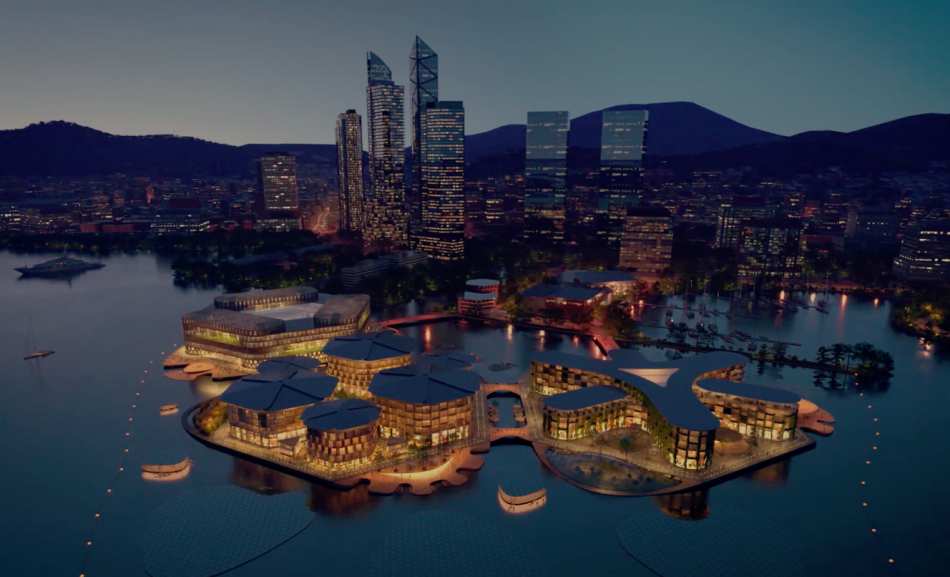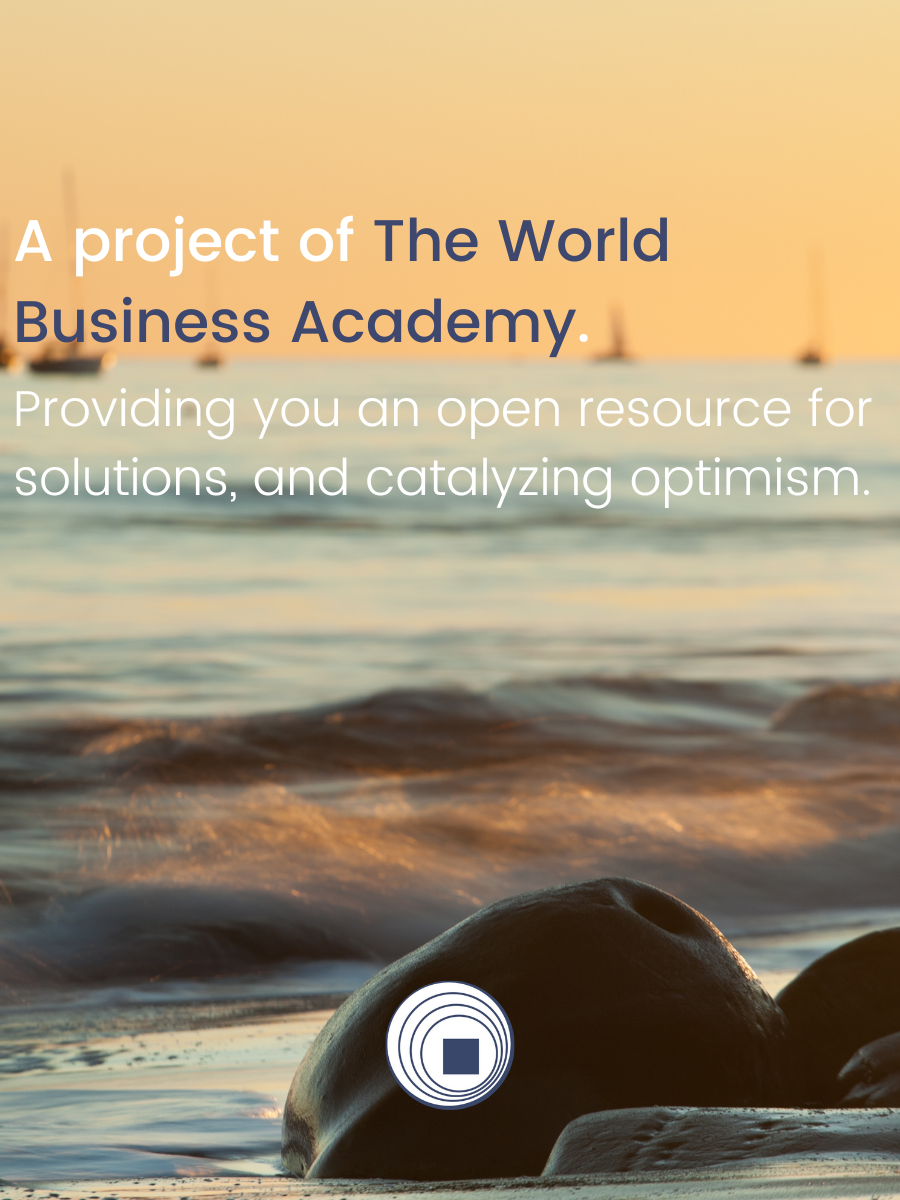As urban population density is only expected to increase in the next few decades, coastal cities vulnerable to rising sea levels need to urgently adapt to these changes to safeguard the wellbeing of their residents. That’s exactly what the South Korean city of Busan is planning with the development of a floating, flood-proof neighborhood.
For the development, the local government partnered with New York City-based startup Oceanix, along with many other actors, including UN-Habitat, a United Nations program for sustainable urban development.
The floating development is the first one for Oceanix, whose cofounders, Itai Madamombe and Marc Collins Chen “were both concerned about sea-level rise and its impact on coastal cities,” says Madamombe. “And we were also concerned about the land shortages in coastal cities and how they drive the price of housing up.”
Rise and fall with the water
The flood-proof infrastructure will include the construction of new residential and office buildings on large, buoyant concrete platforms. These will be anchored to the seafloor so they don’t float away, but allow them to rise and fall with the water. Because of the design and the area’s wave pattern, the residents won’t feel the movement.
In a bid to help regenerate the surrounding marine ecosystem, the startup will design the concrete to allow the growth of marine flora and fauna on the surface. Plus, it will use a material called Biorock, which produces natural limestone by pulling minerals from the water. The material can also be planted with seaweed that can provide a habitat for marine life and clean the water.
Integrated closed-loop systems
On-site wind and solar power will meet the neighborhood’s energy needs, storing excess power in batteries. The designers will also aim to integrate the neighborhood with closed-loop systems that recycle waste and water. The development is currently undergoing the permitting process, after which the developers estimate a construction period of about four to five years.
Oceanix envisions such development projects to become the norm in other coastal cities across the world. “Our hope is that it can be in two kinds of cities: one, cities that are dealing with sea-level rise; and two, cities that have land shortages and usually resort to land reclamation,” Madamombe says. “That’s very damaging to the ocean. We have figured out a way where we can live in harmony with nature—and not just actually live in harmony but actually regenerate it.”











